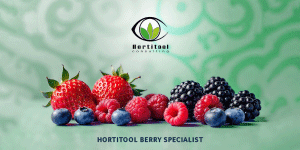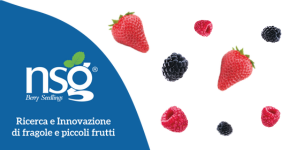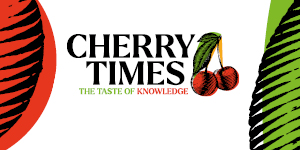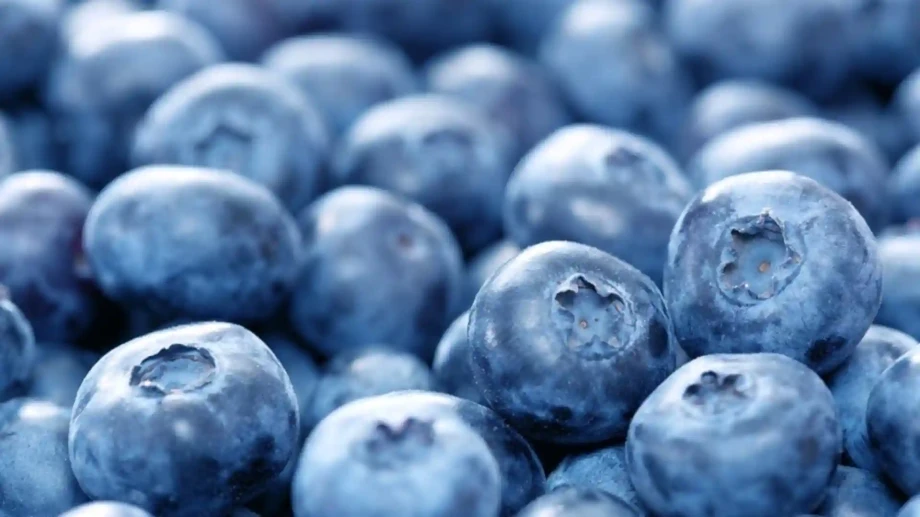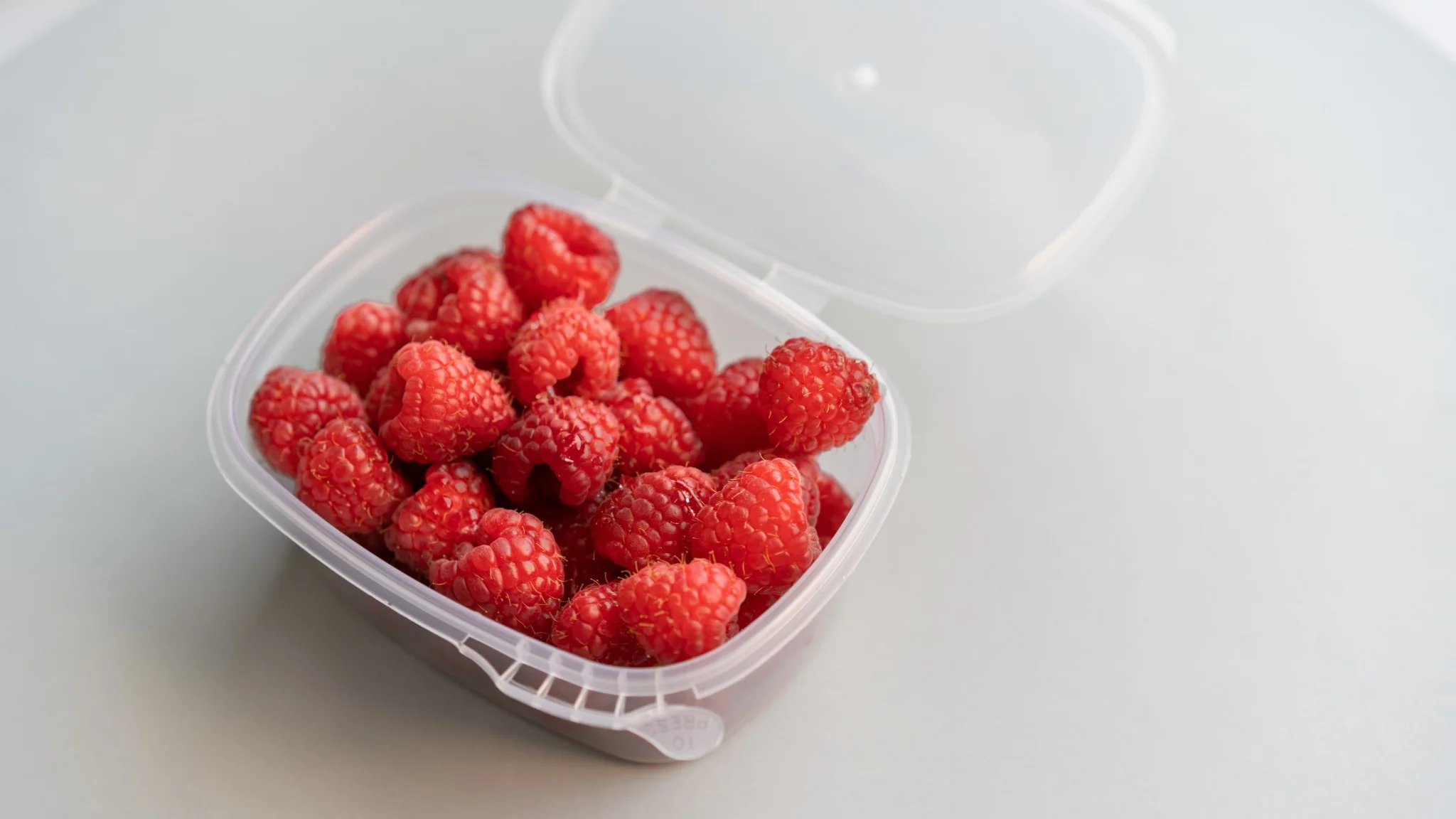Recent research shows that UV-C irradiation is a promising alternative to sulphur dioxide (SO₂) fumigation for preserving the postharvest quality of blueberries. The study, led by Prof. Lise Korsten from the University of Pretoria and conducted by MSc student Carl Schulenburg with support from BerriesZA, addresses growing market concerns about SO₂ residues and sulphite sensitivity in consumers.
Schulenburg carried out two controlled laboratory trials using freshly harvested blueberries from a commercial farm. In the first trial, berries were disinfected and then inoculated with Botrytis spores. They were treated with either UV-C or SO₂, and stored for 21 days at 4 °C. In the second trial, berries were not inoculated but left with their natural field infections. Both trials assessed mould development and fruit quality, including firmness, mass, pH, and total soluble solids. Schulenburg also examined the berries’ internal defence mechanisms.
Comparison of treatments
Results showed that both UV-C and SO₂ treatments significantly reduced the presence and severity of grey mould compared to untreated controls. In inoculated berries, 60% of untreated samples developed mould, versus only 10–15% of those treated with UV-C or SO₂. Similar patterns emerged in the naturally infected berries, where infection rates dropped from 40–50% in the untreated group to under 10% with either treatment. No significant differences were observed between UV-C and SO₂ performance.
Moreover, UV-C treatment activated the fruit’s natural defence systems and increased antioxidant levels, offering both direct and indirect protection against pathogens. Importantly, the treatment did not negatively impact fruit quality.
Need for further validation
Schulenburg notes that only two cultivars were tested, and since factors like wax layer thickness might affect UV-C efficacy, more research across different cultivars is needed. Additionally, all tests were done in the lab; further validation in commercial pack-house environments is essential. Nevertheless, Schulenburg identified a time window within pack-house operations where UV-C exposure could be effectively integrated.
Already used internationally to sterilise fresh produce, UV-C irradiation now appears to be a viable and residue-free alternative to SO₂ fumigation for South African blueberry producers. While more research is required, the findings open the door to more sustainable and consumer-friendly postharvest treatments.
Text and image source: berriesza.co



